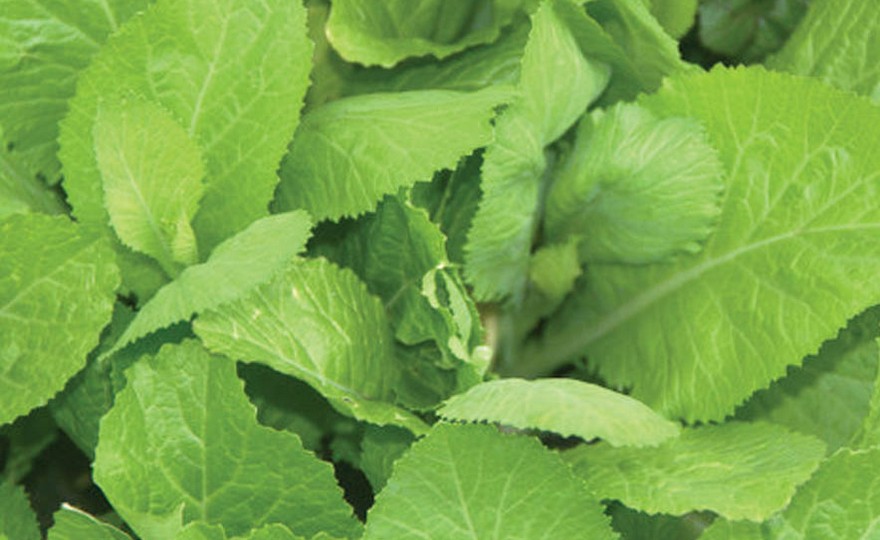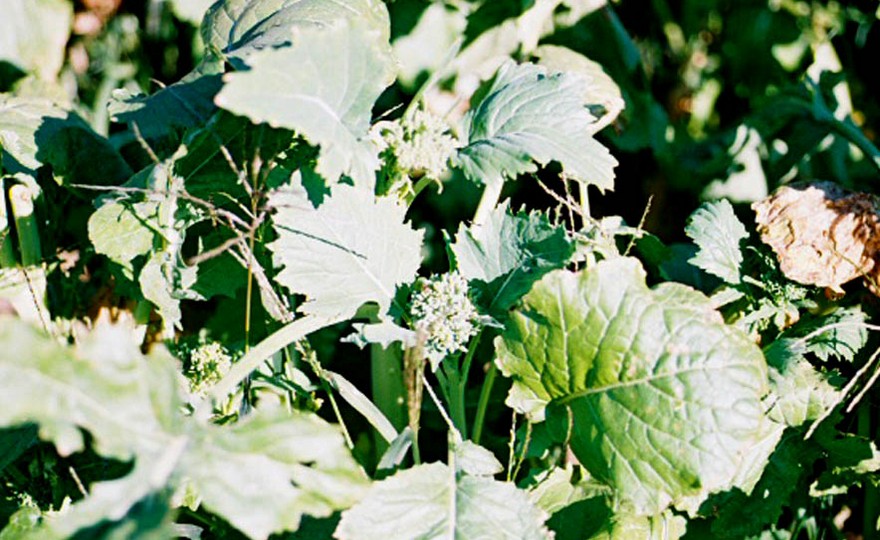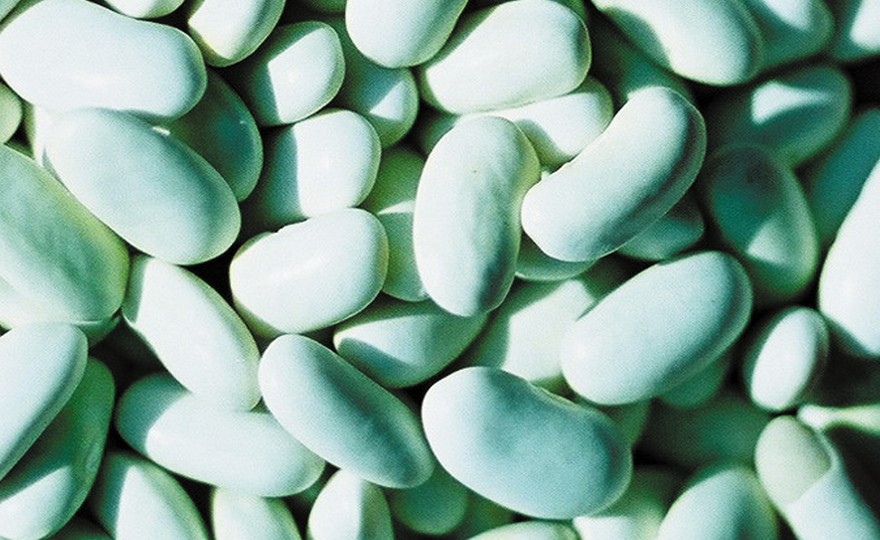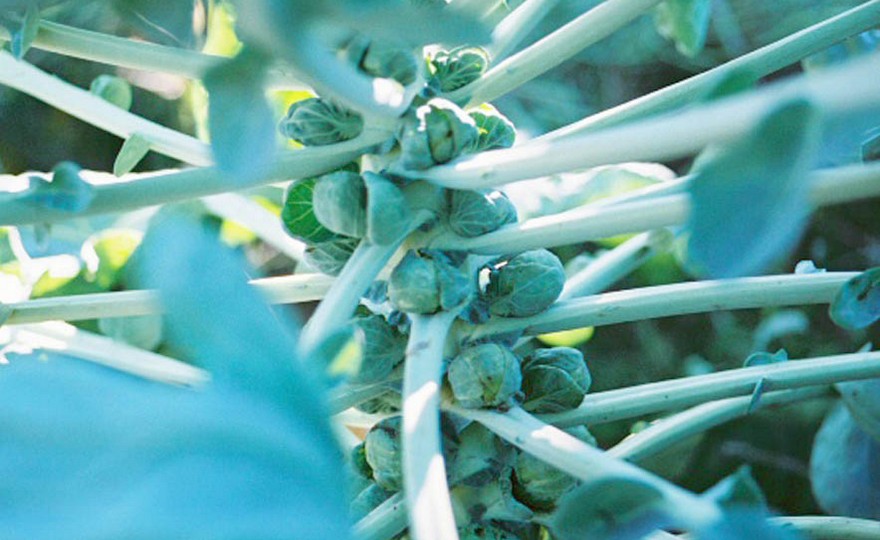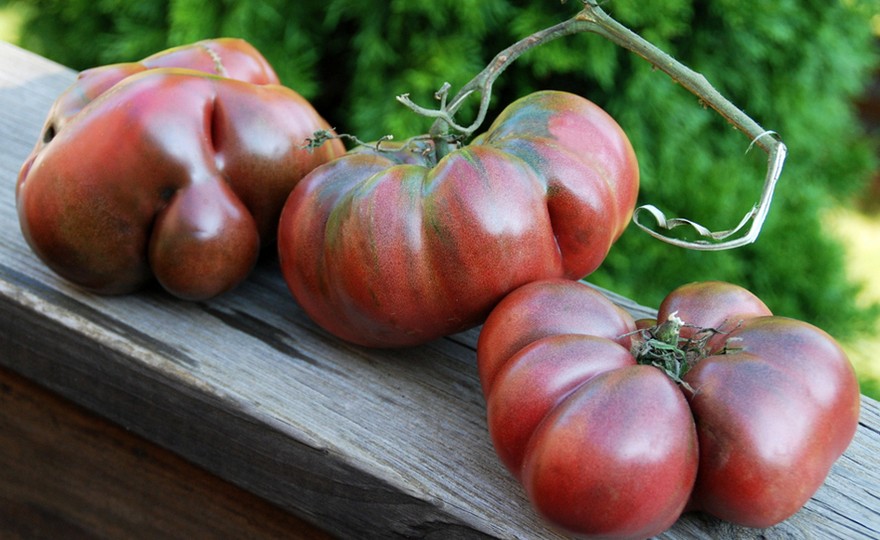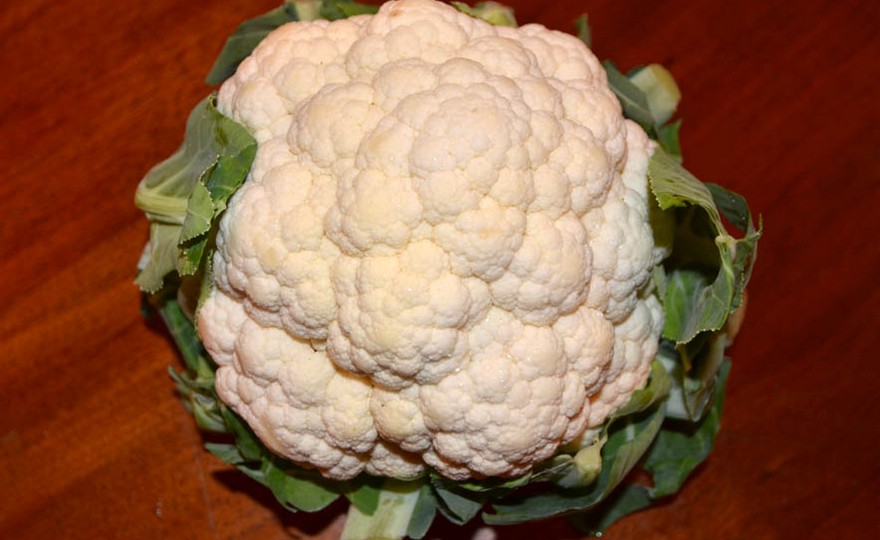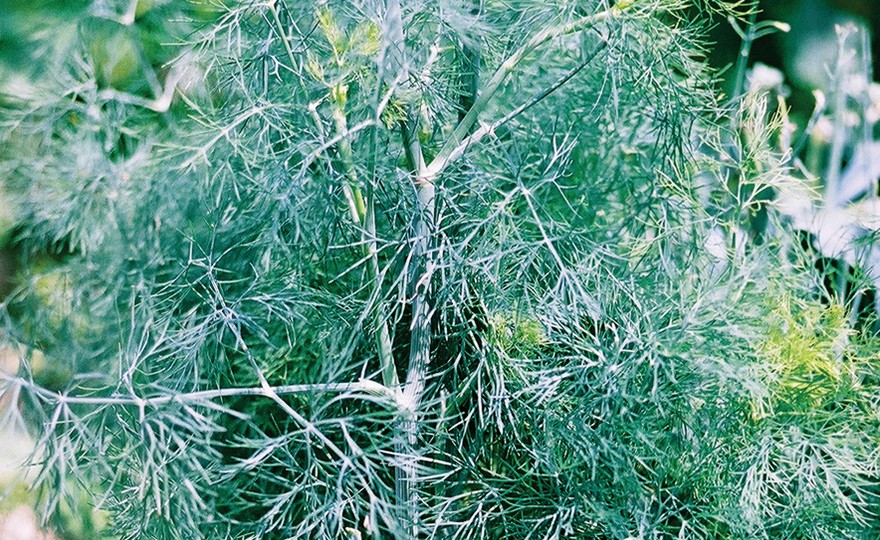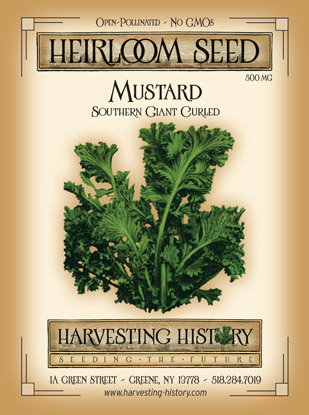
Mustard, Southern Giant Curled
-
- **SOLD OUT** HOLIDAY GIFTS **SOLD OUT**
- **SOLD OUT** Holiday Books **SOLD OUT**
- **SOLD OUT** Holiday Citrus **SOLD OUT**
- **SOLD OUT** Holiday Gift Certificates **SOLD OUT**
- **SOLD OUT** Holiday Paperwhites **SOLD OUT**
- **SOLD OUT** Holiday Praying Mantis Kits **SOLD OUT**
- **SOLD OUT** Holiday Tools **SOLD OUT**
- **SOLD OUT** Holiday Wildflower Mixtures **SOLD OUT**
- Citrus Trees
- **SOLD OUT** - Vegetable and Herb Plants - Mix & Match any 6 Plants for $50 - Only Shipped in Quantities of 6
- Elephant Ear Plants & Roots
- **SOLD OUT** 4-Inch Pot Herb Plants **SOLD OUT**
- Rare Plants
- **SOLD OUT** Vining Plants **SOLD OUT**
- Asian Seeds
- Beneficial Bugs
- Books
- Citrus Fertilizers
- Cold-Treated Bulbs - SEE BULBS FOR FALL PLANTING TO ORDER
- Cold-Treated Allium
- Cold-Treated Chionodoxa
- Cold-Treated Crocus
- Cold-Treated Hyacinthoides
- Cold-Treated Hyacinthus Orientalis
- Cold-Treated Narcissus
- Cold-Treated Cyclamineus Narcissus
- Cold-Treated Double Heirloom Narcissus
- Cold-Treated Jonquilla Narcissus
- Cold-Treated Large Cupped Narcissus
- Cold-Treated Poeticus Narcissus
- Cold-Treated Small Cupped Narcissus
- Cold-Treated Species Miniature Narcissus
- Cold-Treated Split Cupped Narcissus
- Cold-Treated Tazetta Narcissus
- Cold-Treated Triandus Narcissus
- Cold-Treated Trumpet Daffodils
- Cold-Treated Ornithogalum
- Cold-Treated Rock Garden Iris
- Cold-Treated Scilla
- Cold-Treated Tulips
- Cold-Treated Emperor Tulips
- Cold-Treated Fringed Tulips
- Cold-Treated Green or Viridiflora Tulips
- Cold-Treated Lily Flowering Tulips
- Cold-Treated Parrot Tulips
- Cold-Treated Peony Flowering Tulips
- Cold-Treated Single Early Tulips
- Cold-Treated Single Late Tulips
- Cold-Treated Species Tulips
- Cold-Treated Triumph Tulips
- Flower Bulbs, Corms and Tubers
- Bulbs for Spring Planting
- Bulbs for Fall Planting - ALL BULBS AVAILABLE ARE COLD TREATED FOR PLANTING AS SOON AS SOIL CAN BE WORKED
- Fall Blooming Bulbs
- Garden Tools & Equipment
- Gift Certificates
- HHH Exclusive Wildflower Mixtures
- Wildflower Mixtures
- Heirloom Garlic
- Potatoes
- Roots & Sets
- Seeds
- Flowers
- Herbs
- Vegetables
- **SOLD OUT** HOLIDAY GIFTS **SOLD OUT**
-
- No products to compare
-
75 in stock
Quick Overview
MUSTARD, Southern Giant Curled –
Brassica juncea
FULL SUN Native to eastern Asia, mustard greens have been a staple part of the Oriental diet for more than 2500 years. In the West they have not enjoyed that popularity even though they are an excellent salad green and stewing vegetable. Introduced in the 1740s, Southern Giant Curled is an old favorite, especially prized by Southerners. The 18-24 in. plants have brilliant green leaves with frilled edges. Flavor is mildly pungent. Plants are very cold tolerant. Southern Giant Curled can be sown in the early spring for a summer crop and in mid-summer for a fall-winter crop. In the spring, plant as soon as the ground can be worked. Soil should be deeply spaded before planting. Rows should be 18 in. apart. When seedlings are 2 in. high, thin, leaving 12 in. between plants. Adding lime to the soil before planting will sweeten the lettuce.
| Type | Spacing | Planting Depth | Days to Germination | Maturity |
| Mustard | 12 in. | 1 in. | 10-14 | 55 |

Mustard, Southern Giant Curled
Mustard is yet another member of the brassica family, a huge family of vegetables, all of which developed from the wild cabbage and include cauliflower, cabbage, broccoli, kale, collards, turnips and Brussels sprouts. Mustard probably originated somewhere in eastern Asia and has been cultivated for nearly 3000 years in central Asia, the Himalayas, India, Russia and China. Mustard leaves when harvested young range in taste from mild to peppery to hot and pungent and are an excellent salad green. Mature mustard leaves need to be cooked, either steamed or stir-fried. Unlike, most of its brassica cousins which are cool season crops, mustard can tolerate warm and humid growing conditions.

